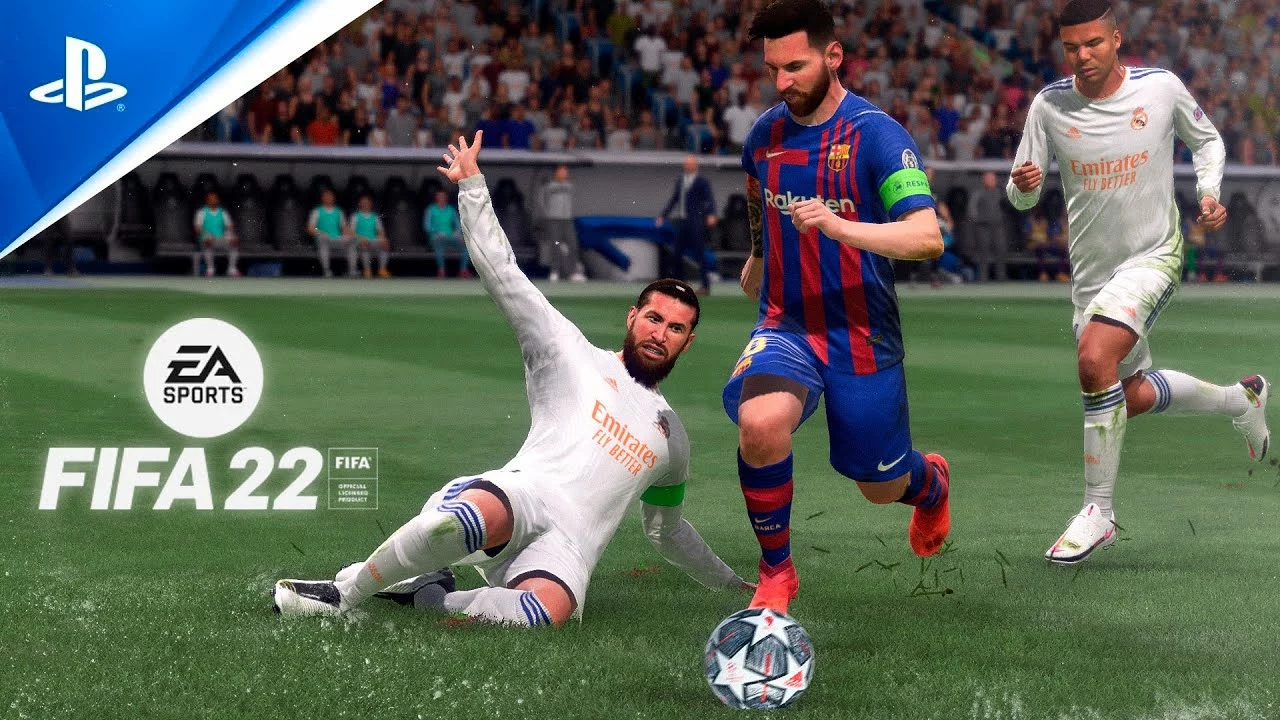Affiliation in Soccer – The Links That Shape the Game
When talking about affiliation, the formal link between a football club, player, league or governing body that defines rights, duties and identity. Also known as association, it determines where a player can play, which competitions a club can enter and how revenue is shared. Below you’ll see why affiliation matters for anyone who follows the sport.
Key players in the affiliation network
A club, an organized football team that competes in domestic leagues and keeps contracts with players is the most visible node. Clubs sign players, register with national associations and negotiate TV deals; each step creates a new affiliation layer. A player, the individual athlete whose registration ties them to a specific club and league inherits those ties, gaining eligibility to compete and access to benefits like insurance and pension schemes. Meanwhile, a league, the competition framework that groups clubs, sets schedules and distributes prize money sits above clubs, dictating qualification rules and enforcing standards. These three entities form a triangle: affiliation encompasses club membership, club affiliation requires player registration, and league affiliation influences both club and player status.
Beyond the core triangle, sponsorship, financial or brand support that clubs and leagues receive in exchange for exposure often drives affiliation decisions. A sponsor may push a club to align with a particular league for broader market reach, or a player’s personal endorsement can affect their club’s partnership choices. In turn, governing bodies may set affiliation criteria that limit or encourage certain sponsorships, shaping the financial ecosystem of the sport. This cycle shows how affiliation isn’t just paperwork; it’s a dynamic web that affects on‑field performance and off‑field revenue.
Historically, political contexts have reshaped affiliation too. Take South Africa’s apartheid era: segregation forced clubs and players into separate affiliations, limiting international matches and stunting development. When the system fell, new affiliation rules opened doors for previously excluded talent, illustrating how societal shifts can rewrite the affiliation map.
All the articles below explore these ideas from different angles – a match report that highlights club‑player dynamics, a piece on Ballon d’Or winners showing league influence, and even a look at how sponsorship deals affect club strategies. As you scroll, keep in mind how each story fits into the larger affiliation network that keeps football running smoothly.
